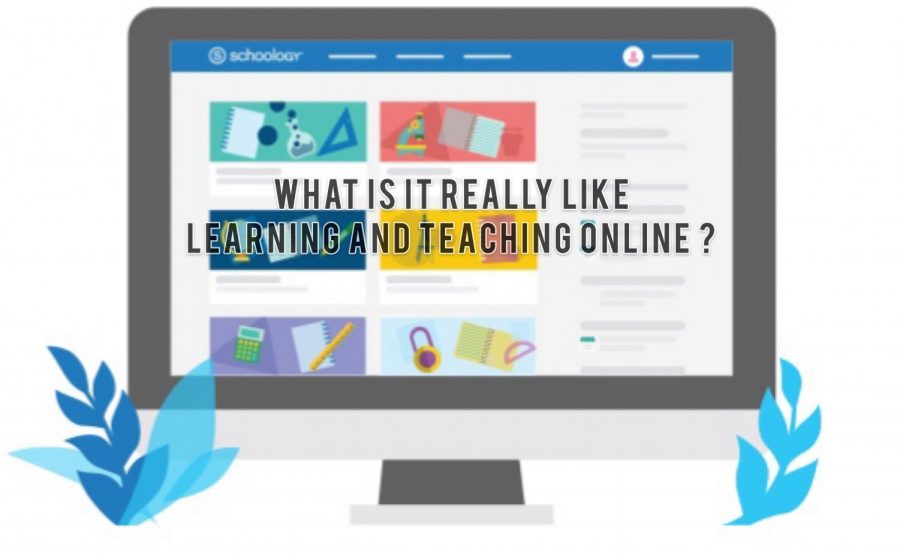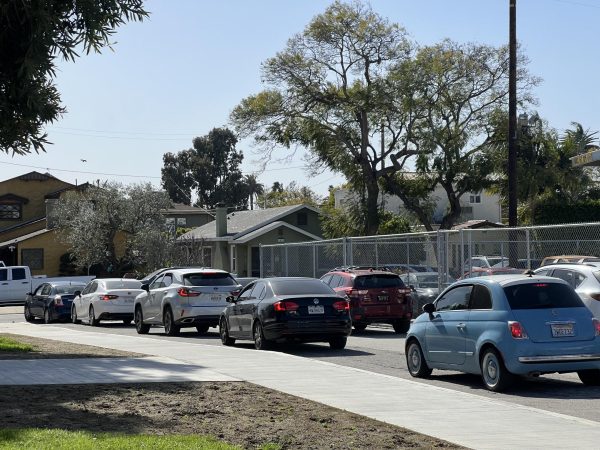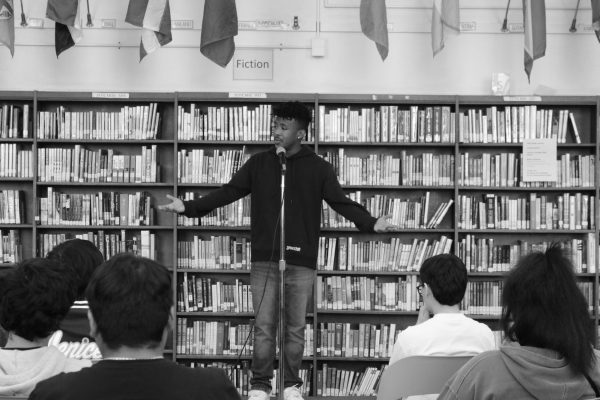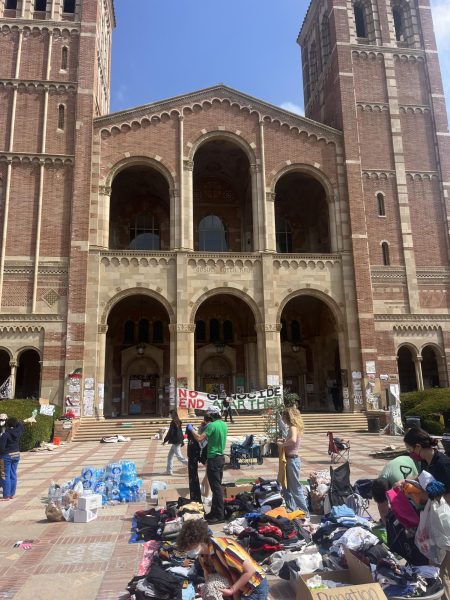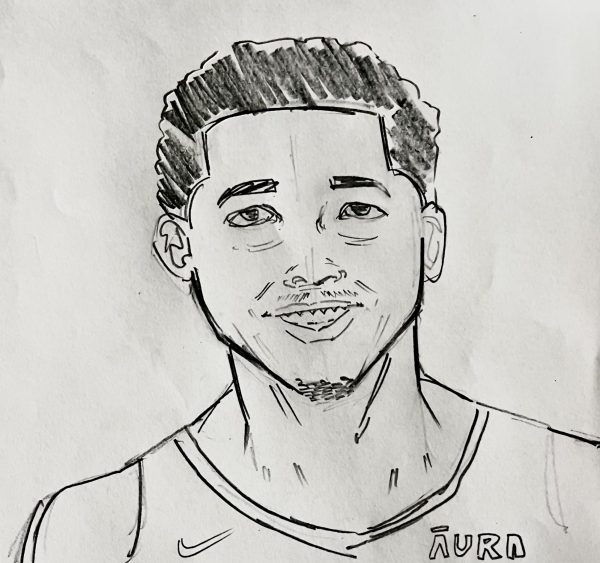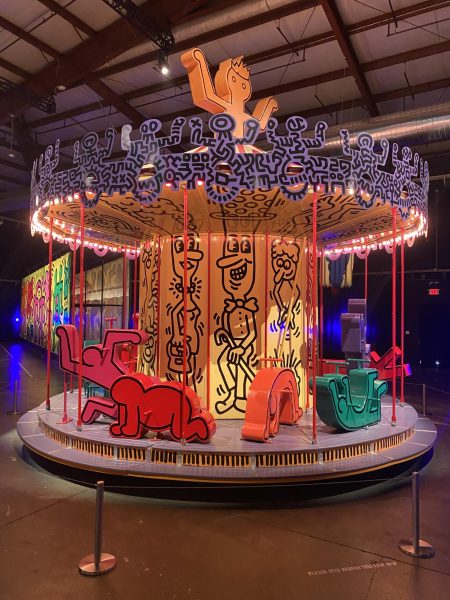Zoom, Zoom, Zoom
What It’s Really Like To Learn and Teach Online During A Pandemic
As the pandemic grows longer, online learning has become a necessary option for many schools. With these changes more and more people are pondering about the education that students are receiving through online.
Distance learning has impacted some Venice students and has caused them to lose motivation to get their work done.
“It’s awful—I hate it,” said junior Cristobal Hidalgo. “I just think that if teachers are going to give us work, they should put more effort into teaching instead of giving us a 30-minute lesson and three hours worth of homework.
“Teachers may be assuming that we have more time on our hands just because school is out earlier in the day now, when in reality, we don’t since our responsibilities at home increase, leading to less time to have on our piles of work.”
Many students and teachers are finding themselves struggling with contacting each other online, too. Senior Allison Perez said that she finds it sometimes difficult to motivate or gain support from teachers due to the lack of communication.
“Some of my teachers are very communicative and organized, while others won’t even open messages sent by students which is insanely frustrating,” said Perez.
It seems that a student-teacher relationship is important to the schooling process, but it’s limited through online communication. Limited contact can make students feel isolated and less motivated.
Students also find online learning frustrating due to teachers not completely understanding online tools. Glitches and errors can be distracting when trying to attend class.
“Lots of the teachers don’t know how to use tech and the students aren’t really helping either.” said junior Audren Gonzales.
When it comes to distance learning technical issues, history teacher Daniel Bucceri said that he’s “always encouraging students to reach out to with questions or concerns.’’
Other things to consider are student engagement. Teachers feel disconnected from their students and participation seems to have gone down. With cameras off and microphones muted, it’s harder for teachers to tell if students are engaging. This is why students and teachers may feel disconnected from one another.
“Participation definitely isn’t the same as it would be in a classroom, and I don’t even get to see most of you guys.” Buccieri said.
While a lot of students feel as if they’re being bombarded with work, teachers are complaining about how much they’re cutting down. Two classes a week doesn’t allow teachers to cover as much as they could before. Teachers find themselves being much more lenient on assignments and late work because of the difficulty of working online.
“I feel like a surgeon, cutting out things that aren’t essential,” Buccieri said. “It’s not the same as the classroom—when you get to see the students engage and see their eyes light up when they get a question right.
“A lot of that is lost in Zoom. Takes away my favorite part about teaching.”
Because of shorter classes, and more content being covered in that time, students sometimes have to learn things on their own. Edgenuity, Khan Academy and other sources could be a good way to help students.
But it’s ultimately not the same as learning from a teacher in a classroom. “There’s more humanity to teaching,” Buccieri said.

